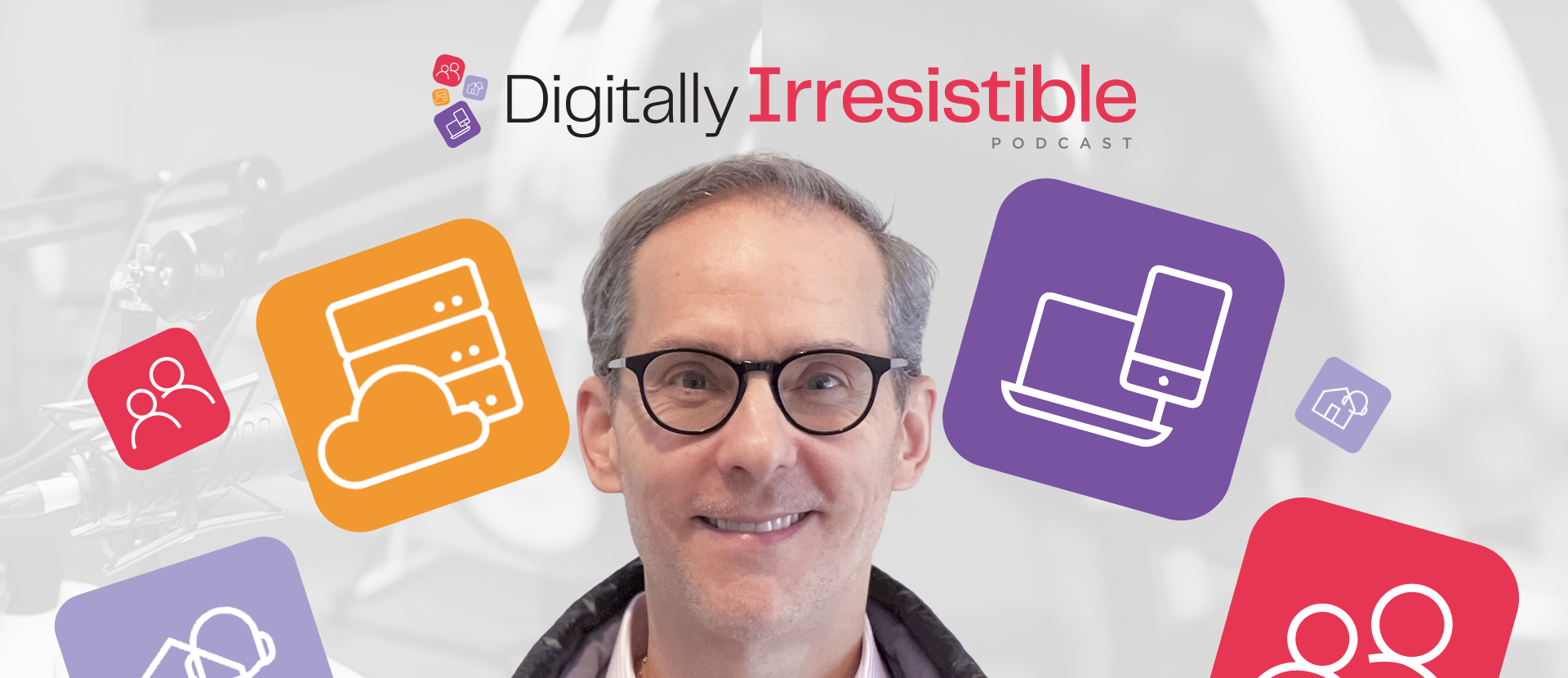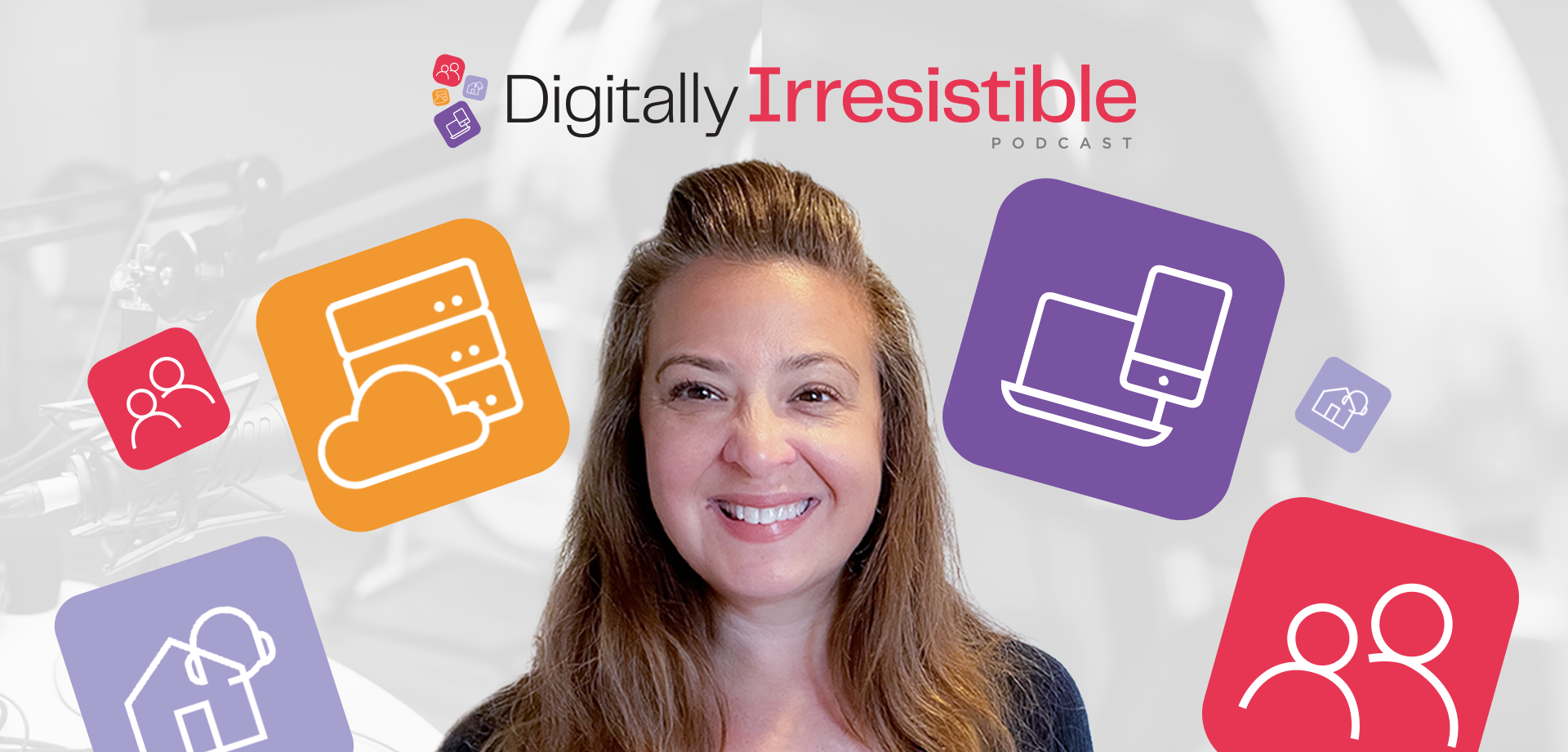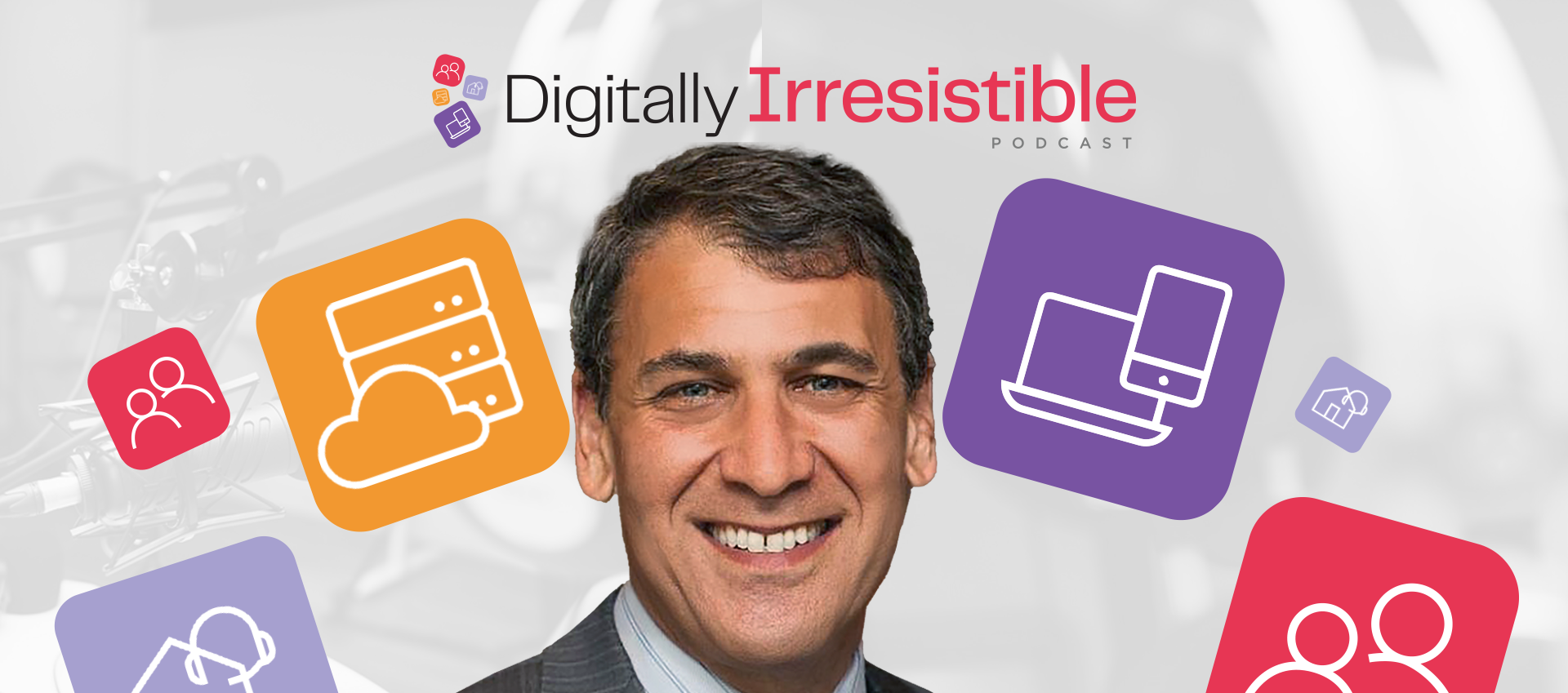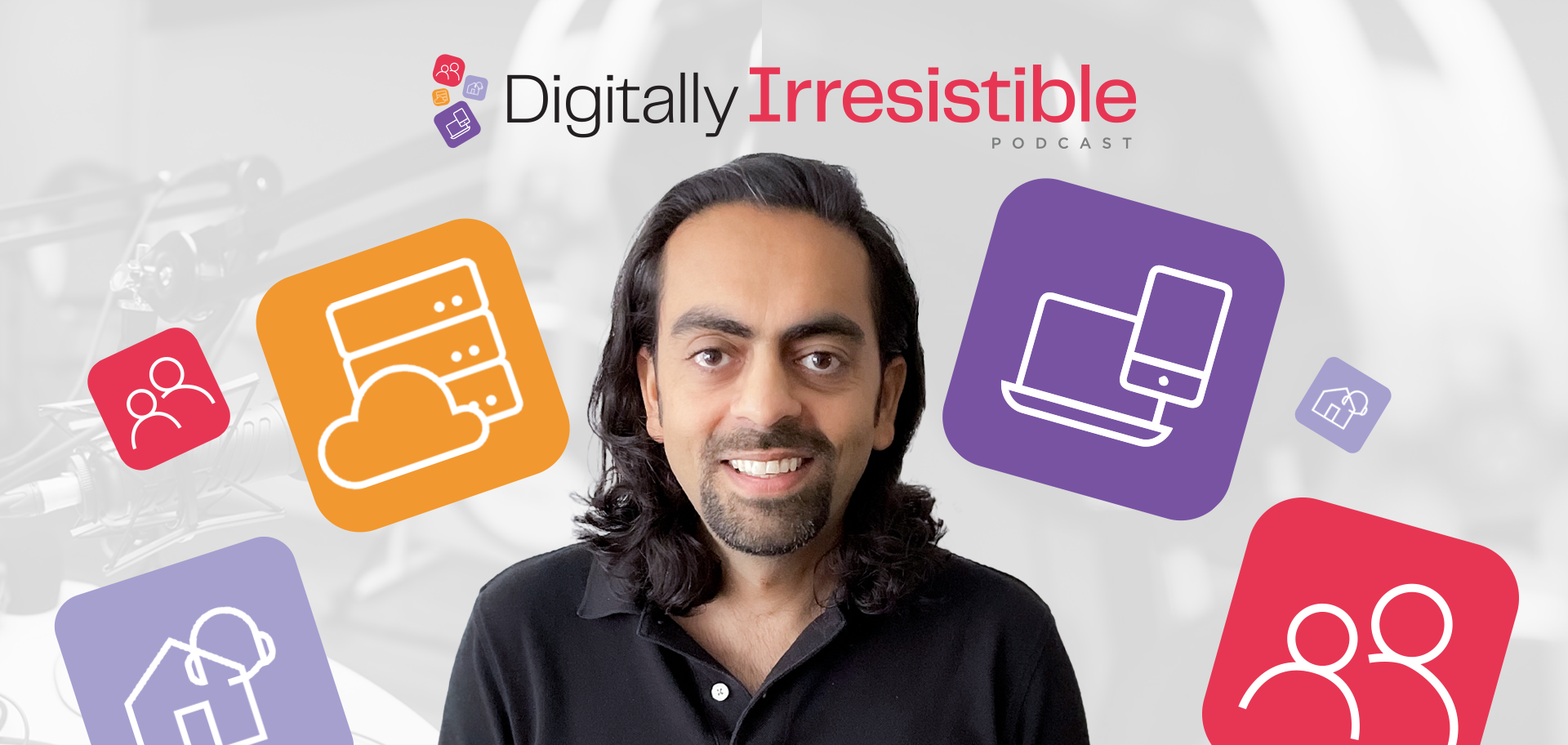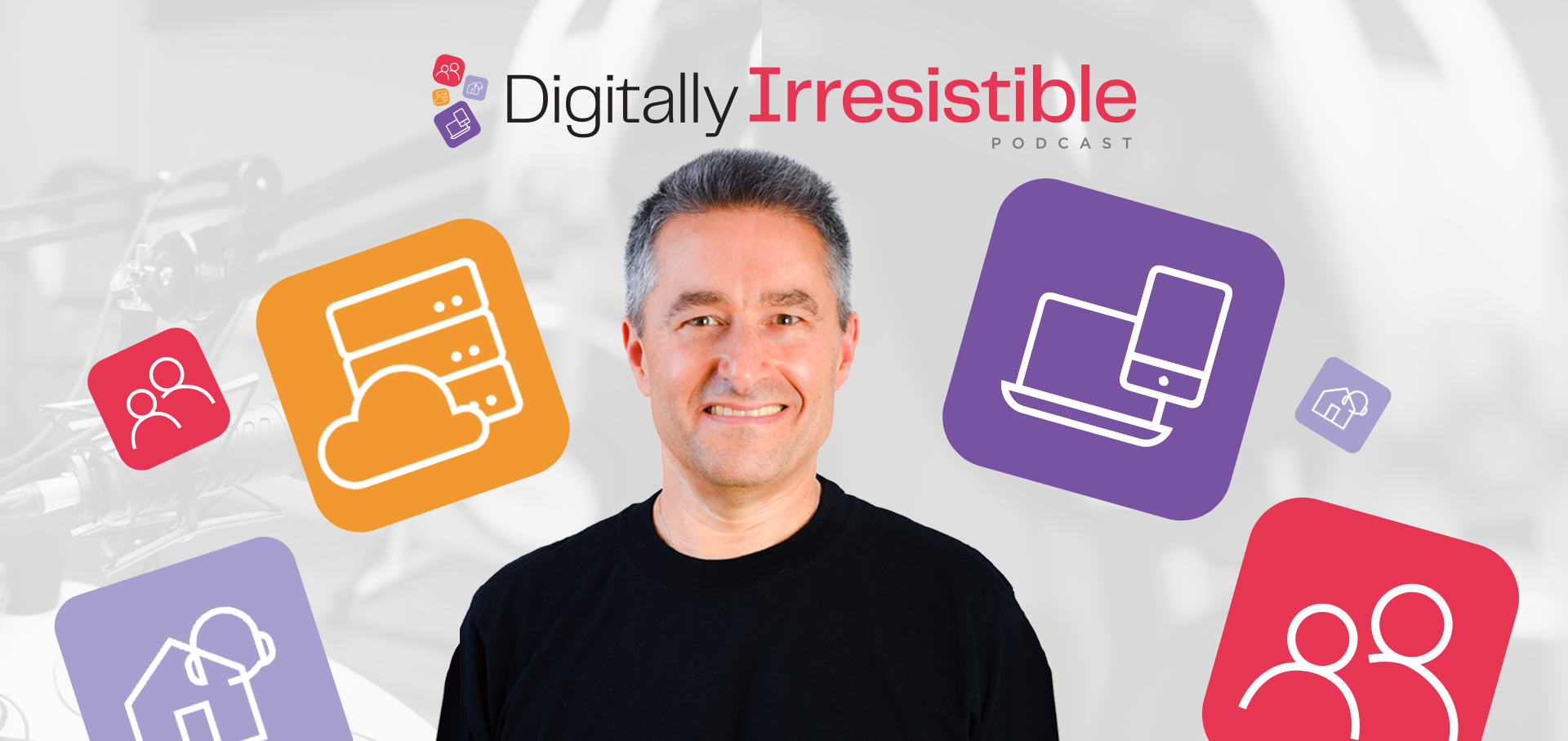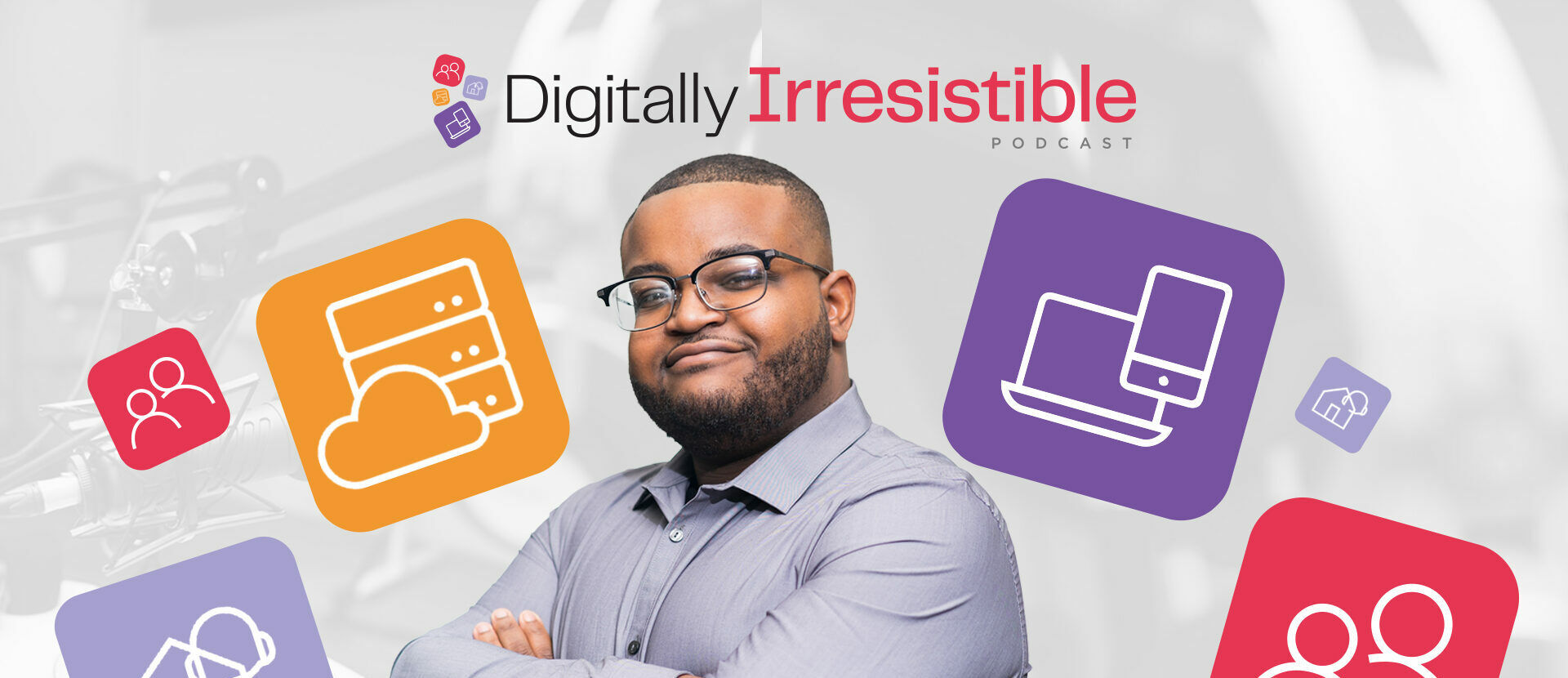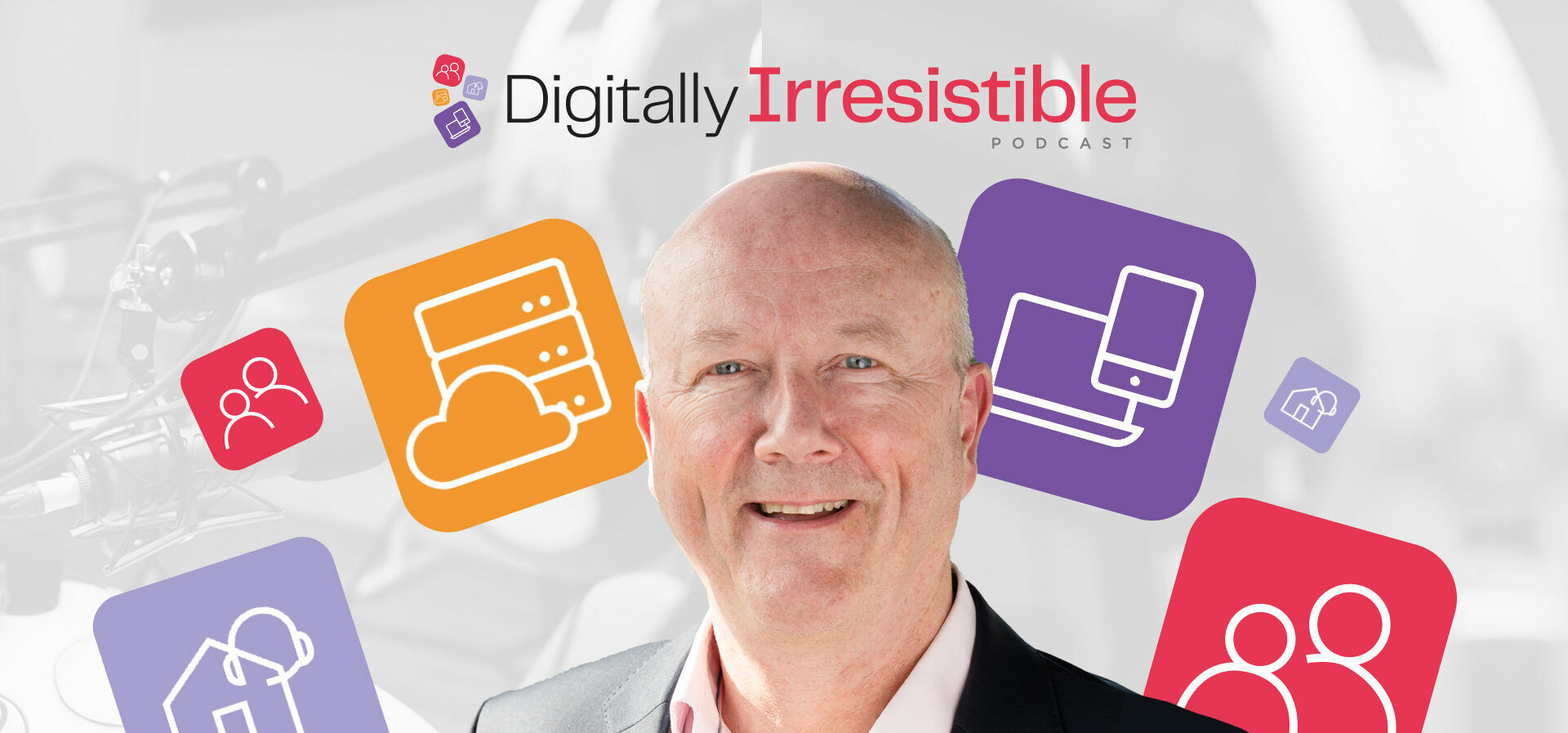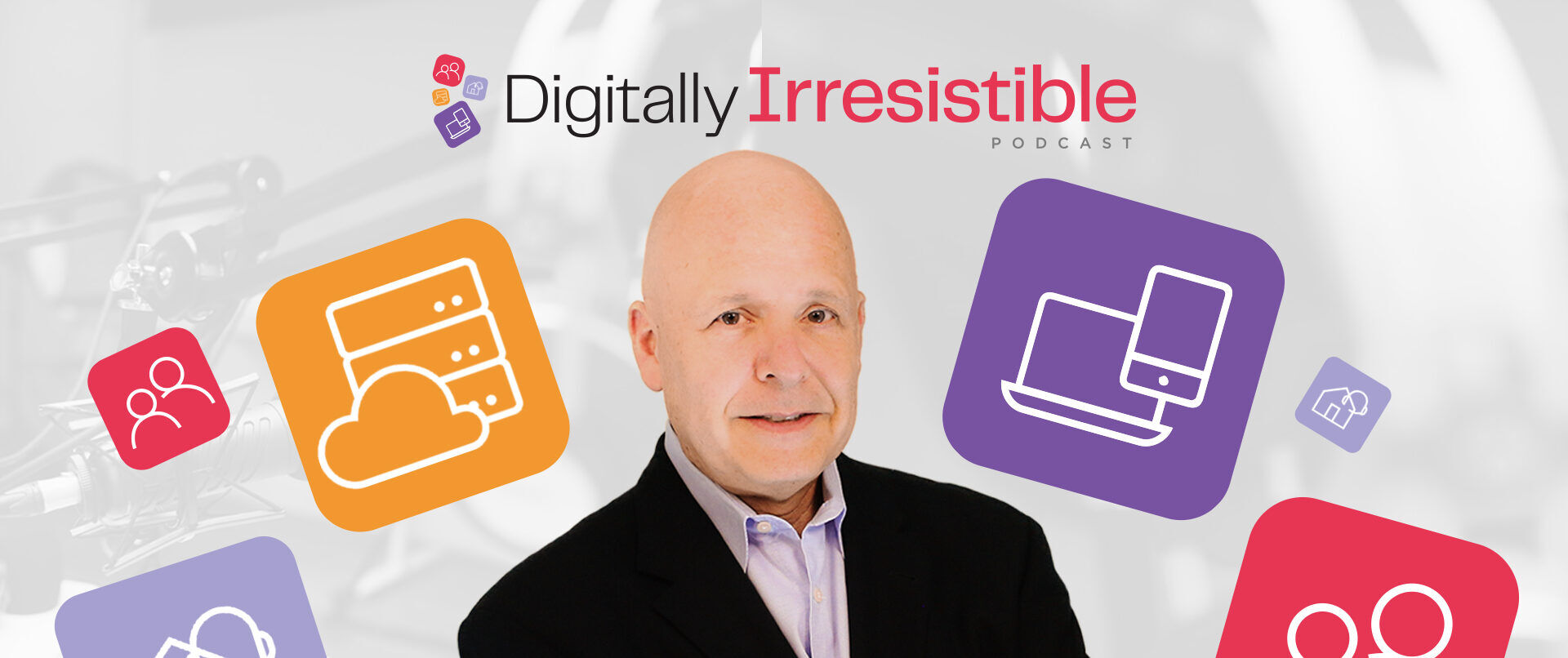Self-Service Support Solutions for Superior Customer Service
In today’s digital world, a key component of customer engagement hinges on fast, accurate, and readily available solutions for customers. According to Salesforce Research, 63% of consumers expect companies to know their unique expectations and needs. Our digital age necessitates instant access to information, meaning customers increasingly want digital-first conveniences for more personalized and empathetic experiences immediately without wait times or obstacles in their way. These expectations from today’s consumers require companies to innovate and provide quick, accurate responses across channels to sustain a competitive edge, maintain customer satisfaction, and improve brand loyalty. This need for instant 24/7/365 support has the potential to overwhelm employees and lead to decreased employee engagement but can also serve as an opportunity for companies to adapt and better meet the needs of their customers and staff. Self-service support solutions offer convenience—giving consumers access to rewarding customer experiences while on the go and freeing up agents to address more complex inquiries.
As a managed services provider of customer engagement and technology-enabled business process outsourcing (BPO) solutions, iQor creates self-service support capabilities on behalf of our clients. In this post, we share our expertise and best practices for incorporating customer self-service options as one element of a comprehensive digital customer experience journey companies can employ as they evolve to meet and exceed customer expectations of today and into the future.
BPOs like iQor employ experts to design self-service solutions that preserve your most precious relationships with customers. Self-service capabilities facilitate online support without ongoing assistance from customer service agents to enable consumers to connect with your brand on their terms. Examples of these self-service options include digital frequently asked questions (FAQs), knowledge bases, online discussion forums, how-to tutorials, and flexible automation features such as intelligent IVRs, chatbots, and access to seamless omnichannel support so customers can escalate their issue with ease if more support is needed. Self-service features enable your customers to work on their own behalf to obtain quick and accurate answers while also allowing frontline employees to focus more time on high-value customer support engagement.
Read on to learn more about the benefits of various types of self-service customer support options iQor can personalize for your brand to create the best customer experiences your industry has to offer.
What Is Self-Service Customer Support?
Self-service customer support represents any activity in which the customer proactively acts on their own behalf without the assistance of a customer service representative. It has become a baseline customer service solution expected by most customers as their first course of action when seeking solutions to questions or concerns. It empowers customers to find answers to their questions through tutorials, FAQs, videos, knowledge bases, conversational AI and other support platforms without the need for a live support agent. These digital transformation self-service solutions typically combine automation of basic tasks like informing a customer of the status of an order, with more advanced answers that customers can access through knowledge bases, forums, videos, and the like. As part of an integrated solution to customer support, self-service options must be optimized for easy access both online and through mobile devices. Businesses don’t have to go it alone. BPOs like iQor provide integrated solutions based on experience and data to offer the most effective and comprehensive self-service approach for your brand.
The Benefits of Self-Service Customer Support
Customer self-service offers a wide range of benefits for customers, companies, and employees alike. They can be scaled and integrated into your omnichannel experience to ensure self-service options align with customers’ needs while delivering seamless interactions across channels to deliver efficient solutions so customers stay connected and engaged.
Optimized customer experience
According to Microsoft, a whopping 90% of Americans consider customer service an important factor when choosing a brand. Customers often prefer feeling empowered to answer their own questions on demand without contacting support. Self-service customer support puts them in control from anywhere, any time of day or night and doesn’t require wait times to speak to an agent.
Increased sales
Self-service solutions may also boost your sales since customers can resolve their own issues 24/7/365, making them less likely to abandon a transaction if they can quickly answer their own question. This positive experience with your brand can improve response rates to your sales offers and may prompt a positive review or recommendation. Data-driven self-service engagement builds brand loyalty through improved customer experiences that create more satisfied customers through consistent outcomes and reduced handle time, increasing Net Promoter Scores (NPS).
On the other hand, when customers only have the option to contact live agents for most inquiries, they can encounter high call wait times, particularly at peak times. This can lead to customer dissatisfaction and increase a company’s call abandonment rate.
Lower operating costs
Self-service options not only provide what customers want, but they enable you to do so for large numbers of customers at a fraction of the cost for live support. Intelligent virtual agents (IVAs) can offer additional solutions when needed while live representatives enjoy more time to focus on assisting customers with complex issues, reducing unnecessary spend. These channel optimization strategies make the customer journey a win-win for your bottom line.
Improved employee morale and productivity
Self-service solutions can also help make your customer service representatives happier and more productive. Research has shown that live agents find as much as 40% of support tickets to be repetitive and mind-numbing. Implementing self-service support options and automated processes helps reduce the repetitive tasks and mundane questions human agents encounter and gives them more time to handle complex situations that require human expertise and compassion. Incorporate self-service options to deliver amazing customer experiences that make frontline employees and customers smile.
Competitive advantage
Finally, self-service solutions can help your brand remain competitive. Statista finds that 88% of consumers in the U.S. and around the world expect an organization to offer online self-service support.
Additionally, Gartner predicts that automated personal technologies will be the default user experience delivery method by 2030. By then, Generation Z—those born between 1995 and 2009—will make up the largest portion of the customer base. More than previous generations, Generation Z digital natives have embraced the flexibility technology offers, choosing what to consume, when, and through what platform. By knowing their customer base and gathering data across channels to use automation where it matters most, brands can design better experiences to promote meaningful customer interactions.
Self-Service Platforms That Work
As one of the world’s largest business process outsourcing companies, iQor specializes in helping businesses assess data-based metrics to better understand customer preferences and needs and develop the most effective self-service options for their brand. The best self-service support strategies often include the following offerings, while also providing integrated resources backed by human support for customers to access with ease if needed. Self-service options that reduce effort and promote positive and accurate results with fast response times make for happy, satisfied customers.
1. Automated chat and messaging support
Intelligent automation customer experience solutions are an essential component of comprehensive self-service support offerings. In fact, 69% of consumers prefer to use chatbots because they deliver quick answers to simple questions. Moreover, utilizing live agents to respond to each individual customer’s digital messages is costly, inefficient, and unrealistic.
To boost your return on investment (ROI), iQor has extensive experience designing, implementing, and managing intelligent automation customer experience solutions that provide cost-effective, efficient means of helping customers self-serve to resolve their own issues. Robotic process automation (RPA) software that uses artificial intelligence (AI) and machine learning to handle high-volume, repetitive, or slow time-consuming tasks reduces human error and enables customer-facing employees to focus on building more rewarding customer experiences. These cost-effective virtual agents that form an integral part of your customer retention strategy include simple and smart chatbots. Although both are able to complete similar tasks, smart IVA chatbots do so with finesse and personalization. Their differences become clearer when we compare how they complete tasks.
- Simple chatbots handle basic, routine queries. They are available through live messaging tools and can be trained to follow a script to give fast answers to FAQs. Chatbots can simulate a conversational experience to a certain extent but are ultimately constrained by having to work from a limited script—lacking the ability to make contextual adaptations and learn over time.
Examples of support a simple chatbot can provide:
-
- Generic product recommendations and availability.
- Status of returns and exchanges based on inputs from the customer.
- How can I reset my password? Provide basic instructions.
- Smart chatbots or Intelligent Virtual Agents (IVAs) are more advanced AI-powered chat assistants that communicate with customers through their preferred communication channels via text or text-to-speech. Equipped with natural language processing (NLP) and machine learning, IVAs are able to understand and retain context to have more productive conversations. By combining cognitive computing and analytics, they give customers personalized responses through friendly and humanlike dialogues that align with your brand. Although they can’t resolve complex tasks, they can gather information to refer to later, help human agents interface with customers, and answer simple questions.
Examples of topics an IVA chatbot can assist with:
-
- Personalized product recommendations and availability.
- When will my order arrive? What is the tracking number for this order?
- Reset passwords—can complete the task for the customer.
Utilizing conversational AI in these ways enables your company to proactively interact with customers through their preferred channels and receive immediate responses at their convenience to drive operational efficiency at scale.
2. Email support
Asking frontline employees to reply to every email can be a taxing and error-prone process. Many emails can easily get lost, particularly after weekends, holidays, and peak seasons.
Integrating automated help desks and ticketing solutions into your workflow can help human agents gather, organize, and track support tickets through a dashboard. Adding rule-based routing to the inquiries can automatically generate a new ticket when a customer’s self-service attempts go unfilled, seamlessly escalating the request to prompt human engagement. The ticket will contain background information with the customer’s name, email address, and the history of their self-service attempt to ensure an integrated and satisfying experience when the customer speaks to a live agent.
3. Online knowledge base
Besides directly interacting with your site through a chatbot or IVA or sending an email, customers often use your website to find answers to their questions. A strong self-service strategy incorporates a well-organized and user-friendly knowledge base to help customers educate themselves on how to use your website, app, or product.
Your knowledge base can include:
- How-to guides.
- FAQs.
- Video tutorials.
- Pre-recorded classes and webinars.
- Free product trainings.
- Step-by-step instructions.
- Glossaries.
- Troubleshooting instructions.
The knowledge base should be clearly organized and accessible. It should include:
- Categories such as “Account Settings” and “How to Use Our App” to facilitate easy navigation to desired content.
- A search bar to help customers locate answers instantly, even when they don’t know the overarching category.
- Different media such as text, video, audio, and annotated images to accommodate customers’ different learning styles.
- Good SEO to make content easily accessible through search engine queries while also boosting your site’s ranking and attracting new customers.
4. Social media support
Although social media moderation is managed by human agents, it enables customers to access your brand’s support on their terms. It equips you to resolve customer concerns quickly and engage with your followers more effectively than would be possible otherwise. With social media moderation like iQor’s, you can maintain accurate information on your social channels for customers to self-serve for essentials like hours of operation, contact information, menus, service descriptions, pictures, and so much more. It facilitates a seamless, branded customer experience through social media channels at scale.
5. Interactive and community-based discussion forums
Another self-service option is an online community or public discussion forum where customers can interact and help each other. Empowering customers who are experts on your products to answer questions in a digital community is a powerful self-service model that builds brand loyalty. These online communities can be hosted on your website or through third-party platforms.
It’s important to monitor and reinforce the discussion forum with a support team or moderators to help guide customers who may not find answers to their questions or who need assistance navigating the community. Like the other self-service solutions on this list, interactive communities and forums should offer a clear option to contact live agents when the self-service tool does not offer solutions to a customer’s particular need.
Requirements for Self-Service Customer Support
An effective self-service customer support strategy gives customers control. It offers fast access to the information they need through intuitive and accessible platforms with clear paths to a live representative or omnichannel support if needed. iQor can help you develop a strategic self-service customer support solution based on your brand, budget, and customer needs.
When developing a personalized self-service approach for your brand we assess a variety of metrics to partner with you to create a solution that brings smiles to you and your customers. If you are going to strengthen your customer support through self-service options, these are some questions to consider.
1. What resources are necessary to implement self-service customer support?
Adding self-service customer support to your business model may necessitate the addition of new resources, some of which include:
- Utilizing customer support chatbots and IVAs.
- Creating a knowledge base and online community of resources.
- Producing videos and blog posts for your knowledge base.
- Employing subject matter experts to moderate online communities and help customers help themselves.
After listing the resources needed to implement self-service, consider the impact on your budget. You may find that outsourcing self-service customer support to iQor makes the customer journey a win-win for your bottom line.
2. How many of your consumers currently use customer support channels?
If you have the budget and your customers already use multiple self-service support channels (e.g., email, online chat, existing knowledge base articles, etc.), you are ready to consider implementing self-service options. Seize the opportunity to stand out from your competitors. Provide memorable and optimized customer experiences through unique self-service channels personalized for your brand.
3. How will self-service support impact live customer service representatives?
The primary goal of self-service support is to meet the demands of the modern customer who expects to have access to support through digital methods 24/7/365. iQor can help you meet these expectations while realizing the benefits of providing the quality experiences customers seek and reducing your costs for customer care. It’s our business to set up and manage integrated customer support experiences so you don’t have to create new processes, utilize new resources or train frontline staff.
Experience the iQor Difference
This post provides insights into self-service customer support and its role in providing a great customer experience. Many customers’ first course of action is to turn to a digital tool to search for their own solution before reaching out to a live agent. Brands must meet customers on their digital platforms of choice with the information they seek. With the expanding role of digital in the customer experience regardless of age, this model of support is going to prove invaluable in the years to come.
iQor is ideally suited to help brands create amazing customer experiences through these and other support options. iQor provides a comprehensive suite of full-service and self-service scalable offerings that are purpose-built to deliver enterprise-quality CX.
Our award-winning CX services include:
- A global presence with 40+ contact centers across 10 countries.
- A CX private cloud that maximizes performance and scales rapidly across multiple geographies on short notice.
- A partnership approach where we deploy agents and C-level executives to help maximize your ROI.
- The perfect blend of intelligent automation for scale and performance coupled with an irresistible culture comprised of people who love to delight your customers.
- Virtual and hybrid customer support options to connect with customers seamlessly, when and where they want.
- The ability to launch a customer support program quickly, even when you need thousands of agents ready to support your customers.
iQor helps brands deliver the world’s most sought-after customer experiences. Interested in learning more about the iQor difference? If you’re ready to start a conversation with a customer experience expert, contact us directly to learn more about how we can help you create more smiles.

